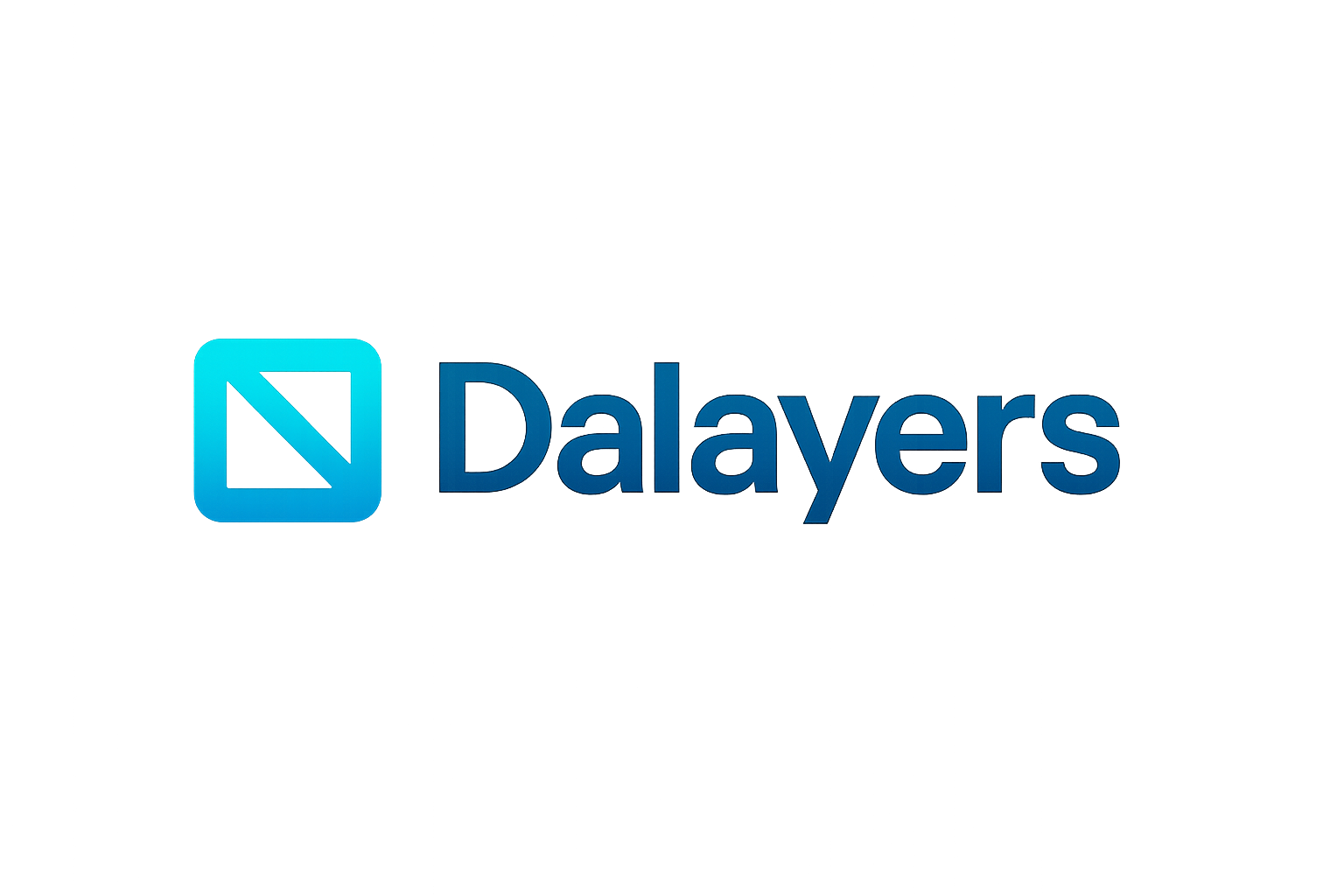
The modular blockchain landscape is advancing rapidly, and Monad blockchain stands out as a transformative force in the pursuit of scalable, high-throughput networks. Designed for full Ethereum Virtual Machine (EVM) compatibility, Monad achieves a remarkable 10,000 transactions per second (TPS) and 1-second block finality. This leap in performance is powered by a sophisticated parallel execution engine that redefines what’s possible for data availability layers and modular blockchain scaling.

Why Parallel Execution Is a Game Changer for Modular DA Layers
Traditional blockchains like Ethereum process transactions sequentially to preserve state consistency. While this approach ensures determinism, it also creates a bottleneck that limits throughput and scalability. Monad’s innovation lies in its ability to analyze incoming transactions, identifying those that interact with separate parts of the blockchain state. By executing these independent transactions in parallel, Monad unlocks massive throughput gains while maintaining EVM determinism.
This breakthrough is especially crucial for modular data availability (DA) layers. As more rollups and decentralized applications demand reliable, high-speed data access, the underlying layer must be able to handle immense loads efficiently. Monad’s parallelism enables DA layers to serve as robust backbones for next-generation dApps without sacrificing security or composability.
The Core Innovations Powering Monad’s Parallel Execution
Monad introduces several architectural advancements that underpin its performance:
Monad’s Key Architectural Innovations
-
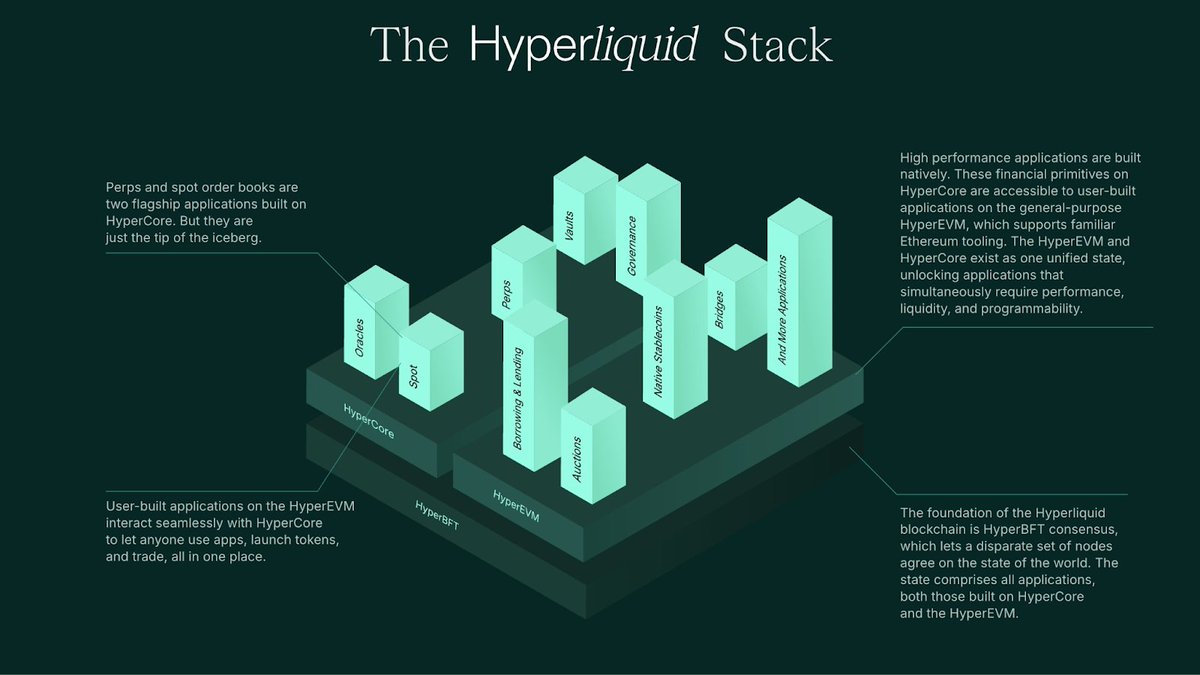
MonadBFT Consensus Mechanism: Monad utilizes an optimized Byzantine Fault Tolerant (BFT) protocol based on HotStuff. This consensus design reduces communication rounds, enabling faster agreement on transaction ordering and supporting Monad’s high throughput and sub-second finality.
-
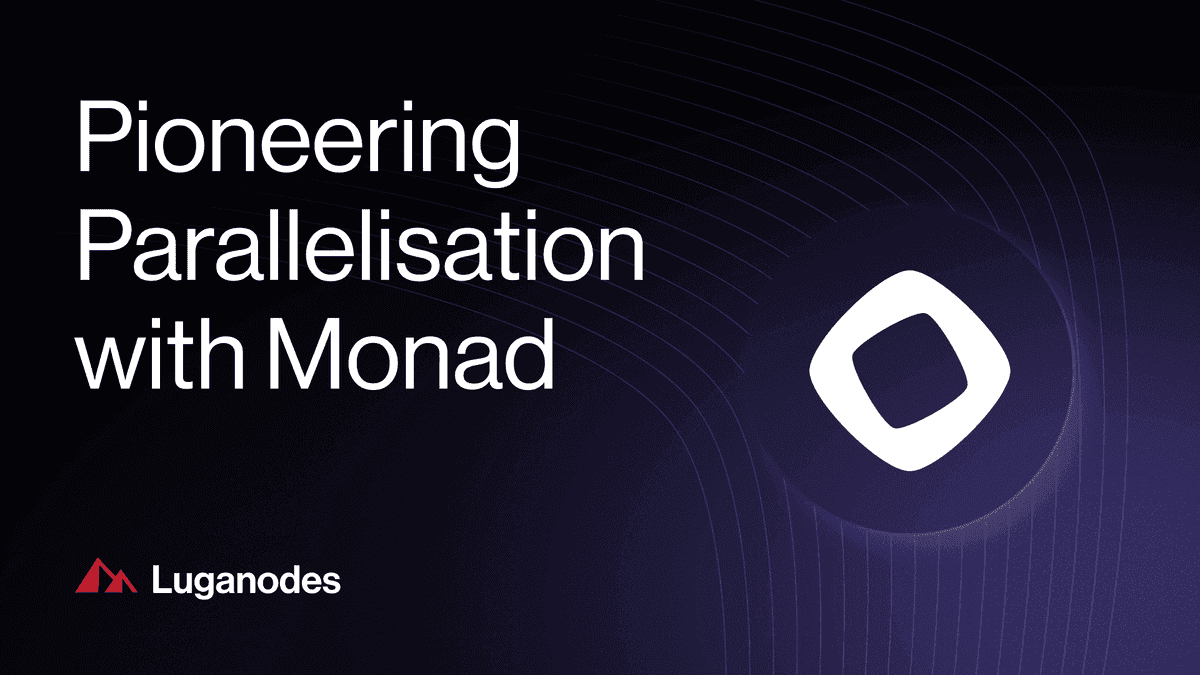
Deferred Execution: By decoupling transaction execution from consensus, Monad allows validators to agree on transaction order first. Transactions are then executed independently, which streamlines processing and removes execution bottlenecks.
-
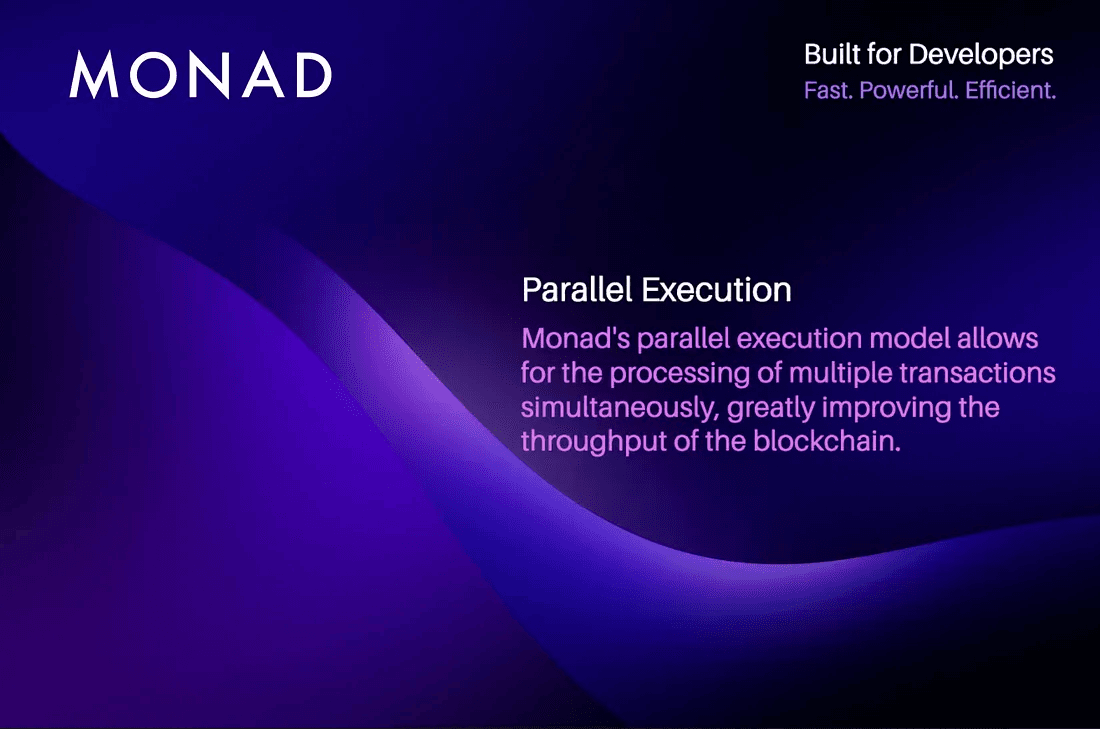
Optimistic Parallel Execution: Monad analyzes transactions to identify those without overlapping state interactions. These independent transactions are processed in parallel across multiple threads, maximizing throughput while maintaining EVM compatibility.
-
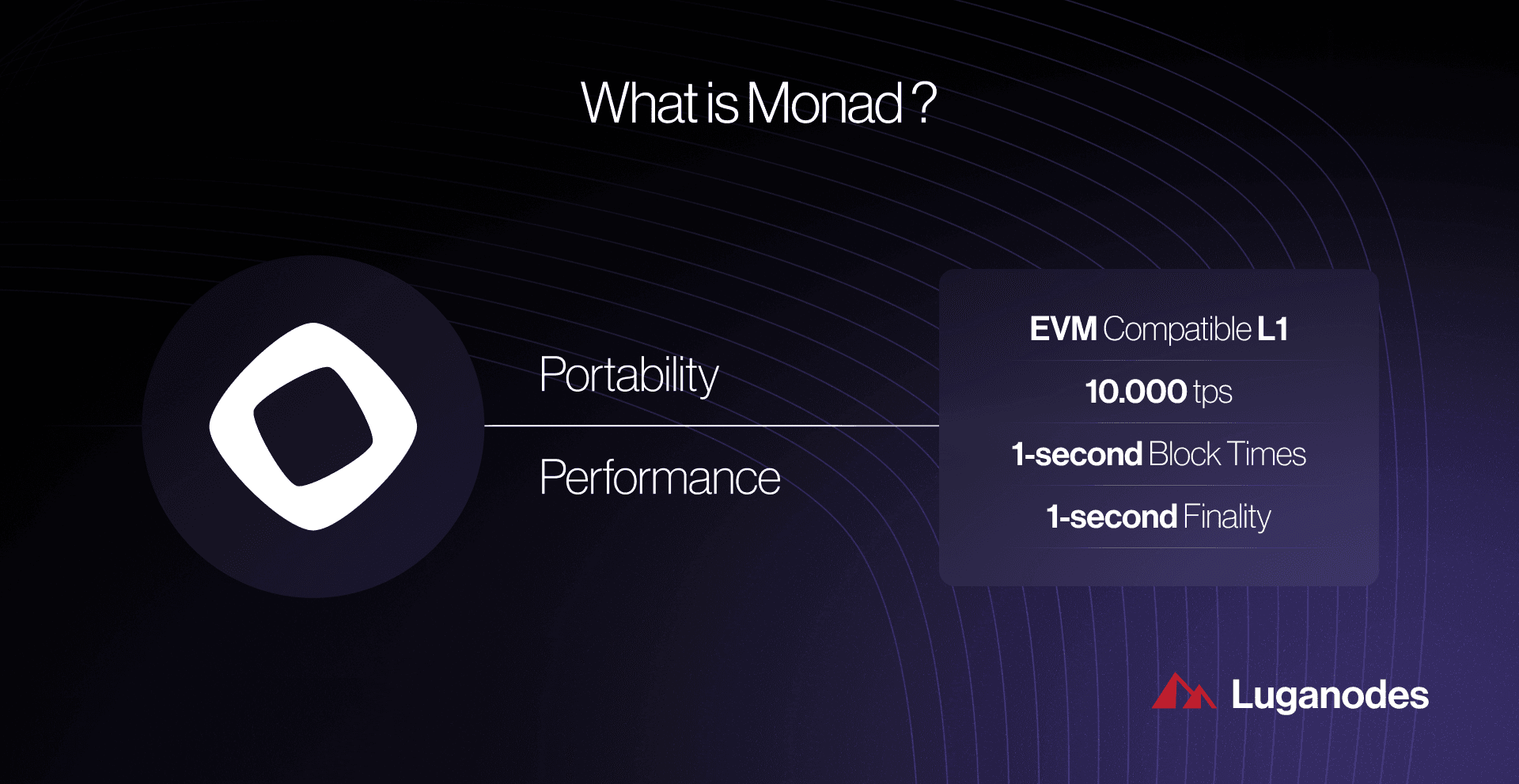
MonadDB Storage System: MonadDB is a custom-built database that leverages asynchronous disk operations. This allows simultaneous reads and writes by multiple transactions, significantly boosting transaction processing speed and supporting efficient state management.
MonadBFT Consensus Mechanism: At the foundation is an optimized Byzantine Fault Tolerant protocol based on HotStuff. This reduces communication rounds between nodes and boosts network throughput – essential for supporting rapid transaction ordering at scale.
Deferred Execution: By decoupling transaction execution from consensus, nodes can first agree on transaction order before processing them independently. This separation allows execution to be distributed across multiple processing threads without jeopardizing network consistency.
MonadDB Storage System: To support concurrent reads and writes, Monad utilizes a custom database designed for asynchronous disk operations. Multiple transactions can update state simultaneously without locking up the system – a critical feature for maintaining speed under heavy load.
The Ripple Effect: Enabling High-Throughput Modular Blockchains
The implications of Monad’s approach are profound. For developers building on modular stacks or integrating rollups with DA layers, high-throughput execution means:
- Dramatically lower latency: Near-instant finality empowers real-time applications like gaming or DeFi trading platforms.
- Sustainable scalability: As user adoption grows, networks can scale horizontally by leveraging parallelism rather than relying solely on hardware upgrades or complex sharding solutions.
- EVM composability preserved: Developers familiar with Solidity and existing EVM tooling can seamlessly deploy to Monad without sacrificing speed or security.
This paradigm shift not only strengthens individual chains but also enhances the resilience and verifiability of the entire modular ecosystem by providing robust choices for how transaction data is stored and accessed (source). As more projects seek to optimize both cost efficiency and performance at scale, solutions like Monad set new benchmarks for what’s achievable in decentralized infrastructure.
The modular revolution in blockchain infrastructure is no longer a distant vision, it’s unfolding in real time, and Monad’s parallel execution model is at its core. The ability to process thousands of transactions simultaneously isn’t just a technical milestone; it’s a catalyst for a new generation of decentralized applications that demand both speed and reliability from their data availability layers.
For projects integrating with modular data availability layers, the impact is tangible. Rollups, which rely on efficient DA solutions to anchor their state and ensure robust security, are particularly well-positioned to benefit. Monad’s architecture means these rollups can commit large volumes of transaction data without worrying about bottlenecks or prohibitive fees, a critical advantage as on-chain activity accelerates.
Unlocking New Use Cases and Ecosystem Growth
High-throughput blockchains like Monad don’t just make existing dApps faster, they open the door to entirely new categories of applications. Consider:
Next-Gen dApps Enabled by Monad’s Parallel Execution
-

On-Chain Order Book DEXs: High-throughput order book decentralized exchanges like D5 Exchange and Vertex Protocol can leverage Monad’s parallel execution to process thousands of trades per second with minimal latency, enabling seamless, real-time trading experiences.
-
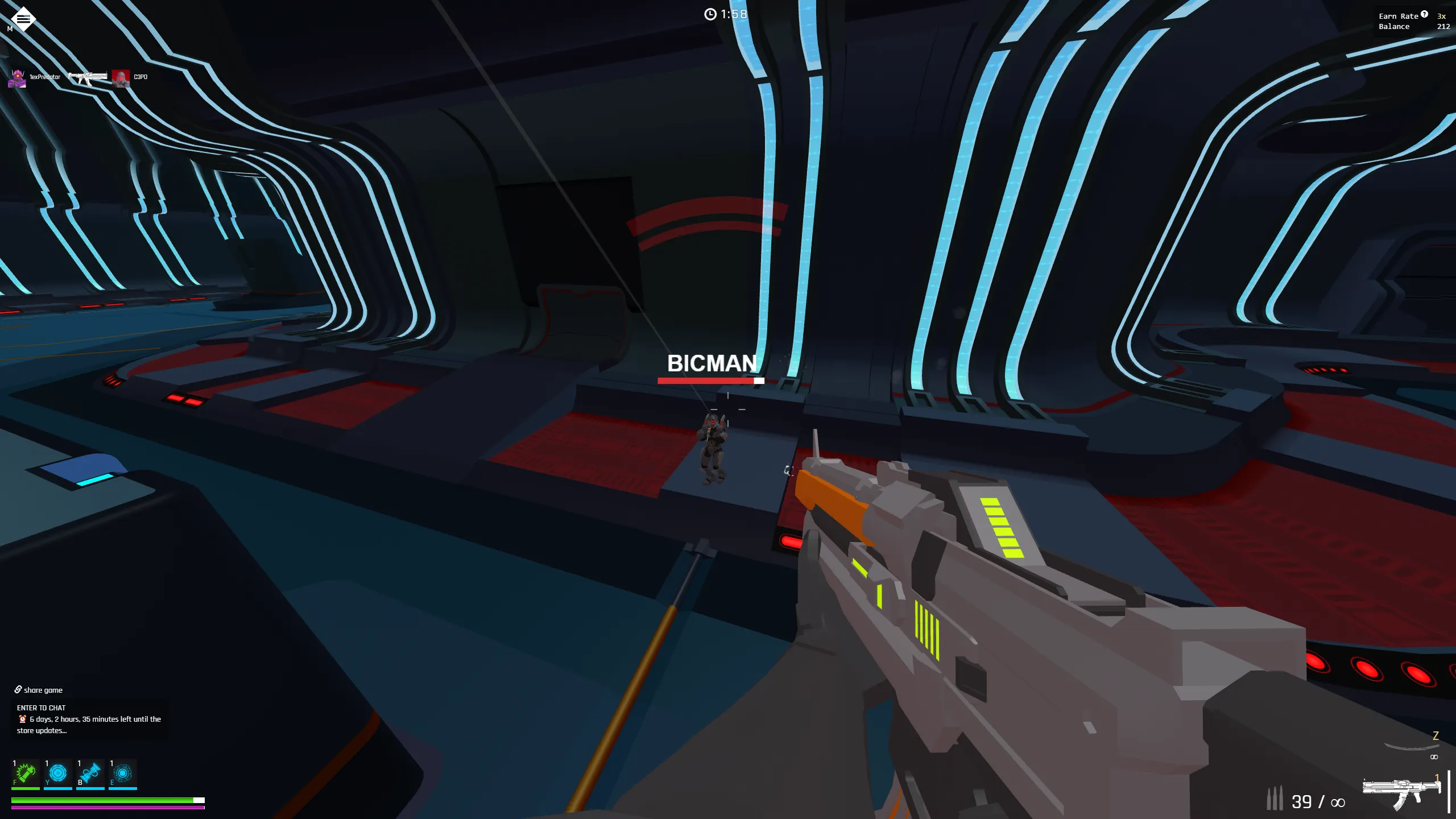
Real-Time Blockchain Games: Fast-paced, interactive games such as ev.io and Blast Games can utilize Monad’s low-latency, high-throughput environment to deliver smooth gameplay, instant asset transfers, and scalable multiplayer experiences.
-
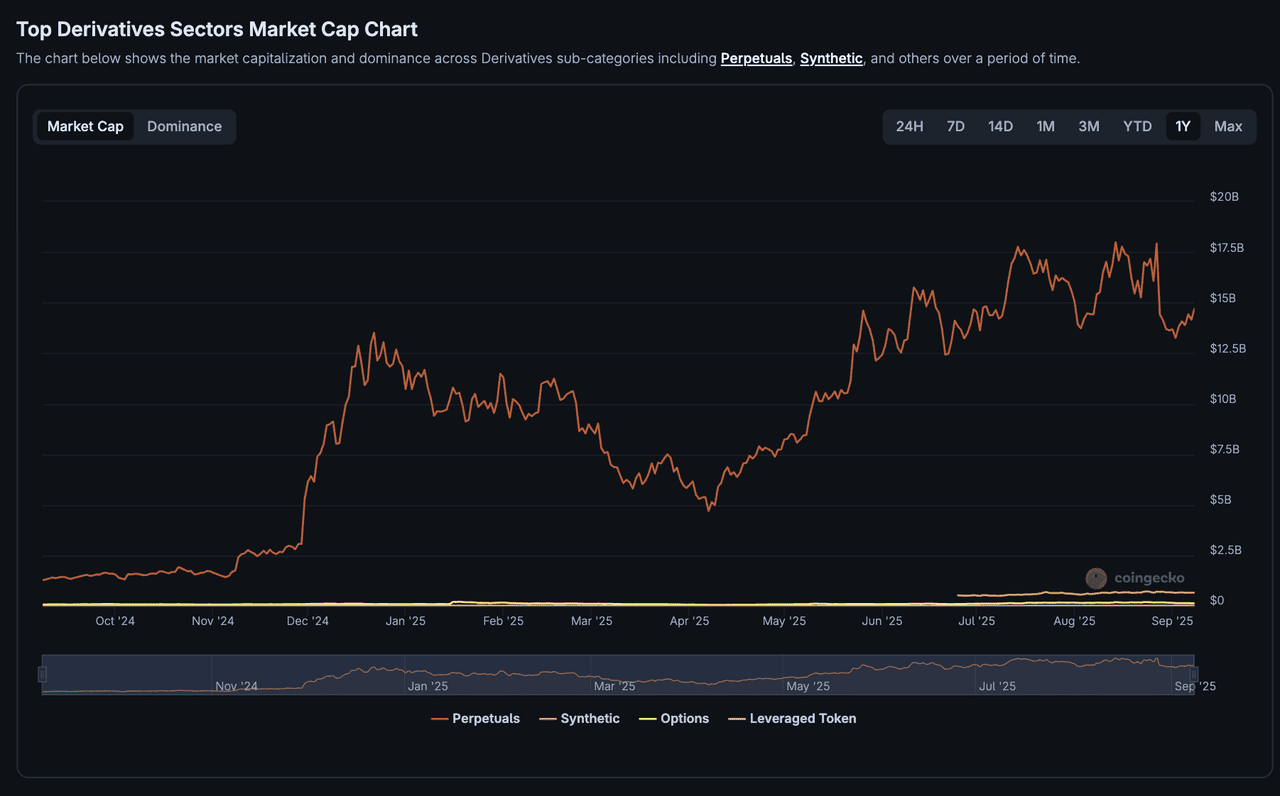
High-Frequency DeFi Protocols: Advanced DeFi platforms like Perpetual Protocol and dYdX can benefit from Monad’s parallel transaction processing to support rapid, high-volume derivatives trading and complex automated strategies.
-
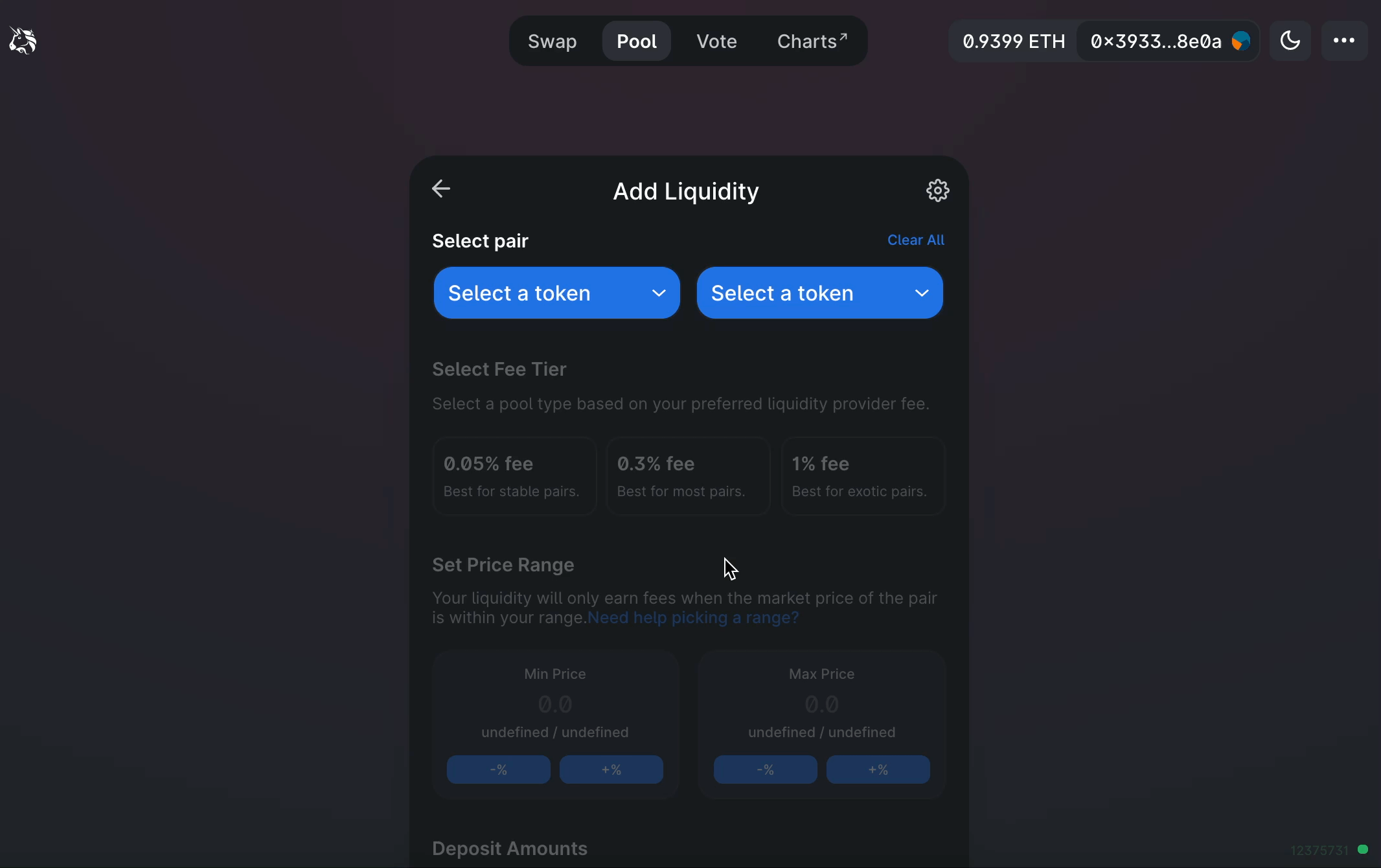
Automated Market Makers (AMMs) with Dynamic Pricing: Leading AMMs such as Uniswap and Curve Finance can scale to handle surges in swaps and liquidity provision, thanks to Monad’s ability to process multiple independent transactions simultaneously.
This unprecedented performance also powers more sophisticated interoperability between chains and rollups. By maintaining EVM compatibility, Monad ensures that assets and smart contracts can move frictionlessly across modular stacks, fostering an ecosystem where innovation is limited only by imagination, not throughput constraints.
Security and verifiability remain paramount. Parallel execution doesn’t compromise on the deterministic guarantees that underpin trustless systems. Instead, it enhances resilience by allowing DA layers to scale independently while still providing cryptographic proof of transaction inclusion and state transitions.
Developer Experience: Frictionless Onboarding to High-Performance Modular Stacks
For developers used to the EVM paradigm, Monad represents a rare blend of familiarity and opportunity. You can deploy Solidity contracts using existing tools while instantly accessing 10,000 TPS throughput, no need for bespoke languages or complex migration paths. This continuity accelerates adoption and experimentation across the modular blockchain space.
The ripple effects extend beyond performance metrics. As more projects leverage Monad’s innovations, we’re likely to see:
- Lower operating costs for dApps due to efficient resource utilization
- Broader participation, as lower hardware requirements democratize node operation
- Greater decentralization, with more validators able to join without specialized infrastructure
This is not just about speed, it’s about building an equitable foundation for Web3 growth where scalability doesn’t come at the cost of accessibility or composability.
If you’re building for tomorrow’s decentralized world, understanding how parallel execution transforms data availability layers is essential. Monad offers a blueprint, one that balances raw performance with principled design choices tailored for modular blockchain scaling.
